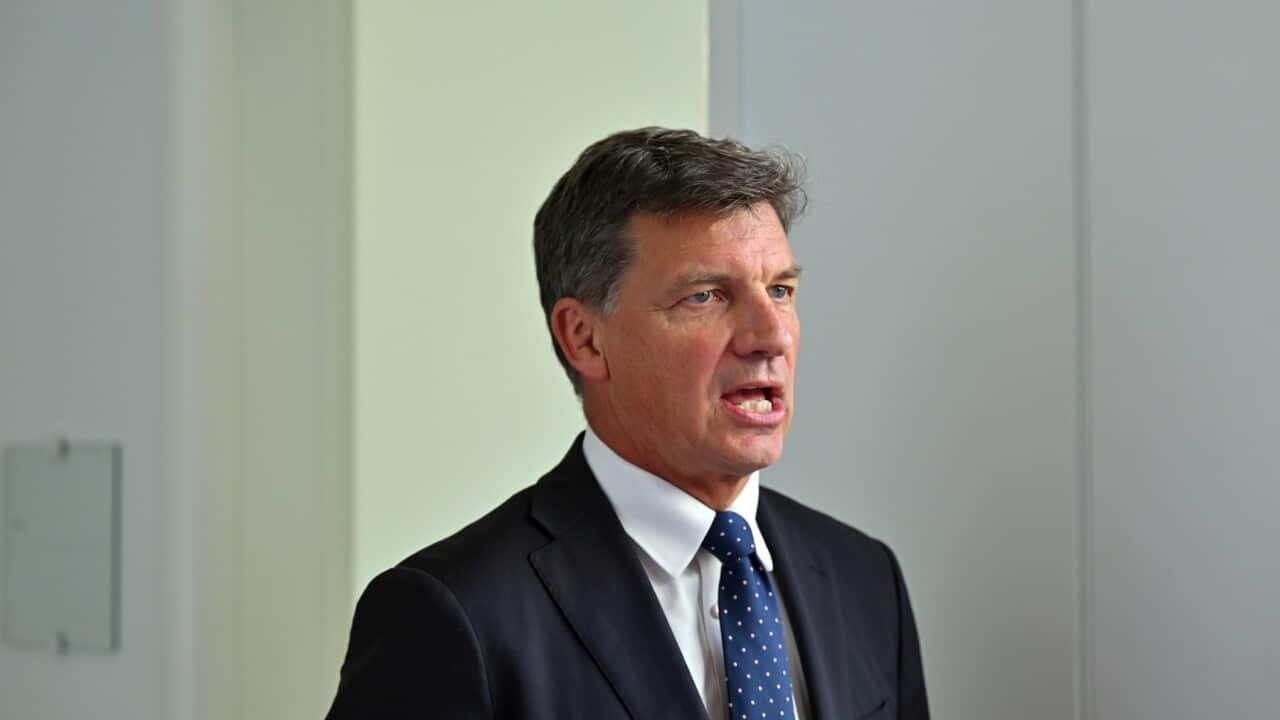TRANSCRIPT
Some Victorians say they've never seen weather quite like what they've just endured.
"We had about 60 millimetres in about an-hour-and-a half that just come down I've never seen rain like it."
Floodwaters have peaked in the town of Rochester where residents were told to shelter as high up as possible and ensure they had enough food, drinking water and medication.
Victoria's State Emergency Service Chief Officer is Tim Wiebusch.
"We're looking at a flood peak of around 114.8 metres. The fortunate part about that is it's about a metre less than what we saw in the 2022 floods. So, we're not expecting to see the whole town being flooded in this event. But there is the potential for up to 35 properties to see water above floor as we reached that peak this morning through Rochester"
Another 200 properties in the town are at risk of being surrounded by water, while in Seymour around 50 homes are in danger of being flooded.
Residents have been warned that they may be left without power, water, sewerage and telephone services, and that snakes, spiders and rats may try to find shelter in their homes.
Evacuation centres have been set up in Victoria in areas that include Seymour, Yea, Bendigo, Echuca and Rochester.
The community of Rochester was devastated by floods in October 2022, raising concerns about further damage in a region that's still recovering.
The Premier of Victoria, Jacinta Allan, says the residents there will get the necessary support.
"I can accept and understand that for particular households in particular communities when you've gone through the loss of a property. That is really a really, really deeply personal and difficult experience to go through. And that is why we are working incredibly hard through emergency recovery Victoria, to support by individuals with particular targeted support and then broader community support."
The torrential rains have come as a surprise to many, given that in the lead-up to the summer there were warnings about El Niño conditions that predicted drought and the potential for bushfires.
Christie Johnson from the Bureau of Meteorology says El Niño did impact Victoria but another weather system is now at play.
"El Nino actually in Victoria has had its strongest impact in spring. And we did actually see our driest September on record. So it did have give us a dry, certainly part of spring. But as we move into summer, the impact of El Nino declines and we find other climate drivers have more of an impact. So, at the moment, the weather that we're seeing is mostly being driven by what's called the Southern Annular Mode. And that is actually giving us easterly winds across Victoria."
She says the weather isn't likely to be as severe during the rest of the summer.
"I would be surprised if we if we had anything as bad as what we saw over the last 48 hours. I mean that that was very unusual, a lot of places having higher than their 100-year rates. We would not be expecting to see that multiple times in a single summer, it would be very unusual. But we are expecting to see storm outbreaks where we will have heavy rainfall, but just probably not quite to the extent that we saw over the last 48 hours".
Prime Minister Anthony Albanese has announced a $50 million support package for people affected by the recent extreme weather conditions in Queensland and says he'll be travelling to Victoria to better understand the situation.
He says that the intensity of the weather events is a result of climate change.
"All of this is a reminder that the science told us that climate change would mean there would be more extreme weather events and they would be more intense. And unfortunately, we're seeing that play out with the number of events that we're having to deal with right around Australia."













